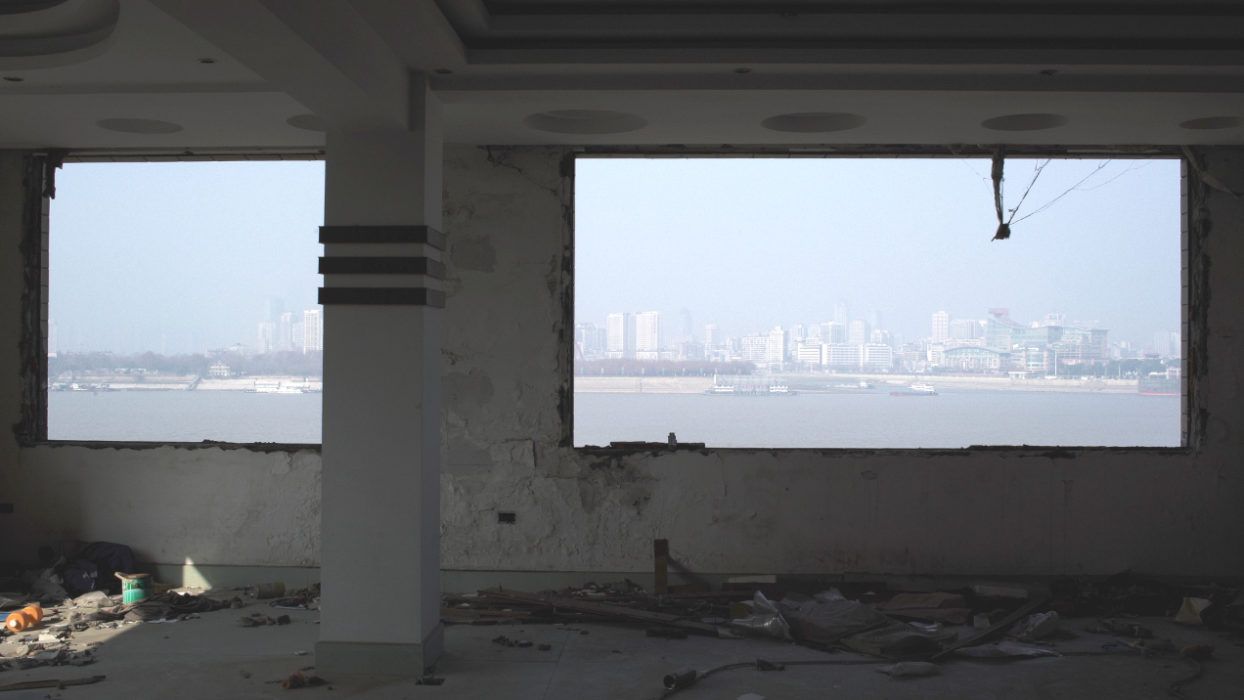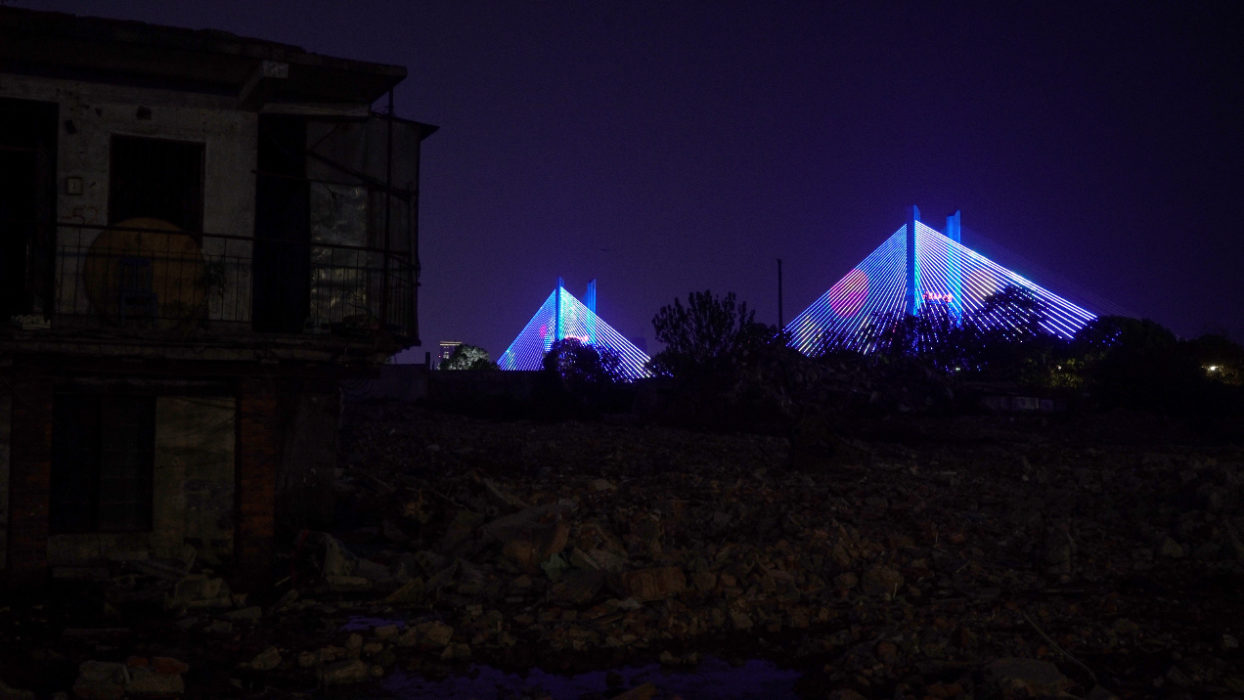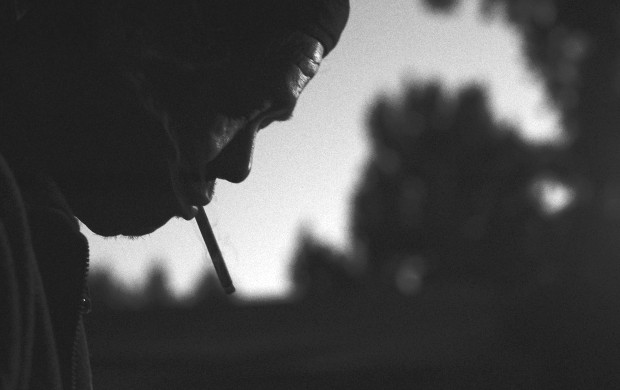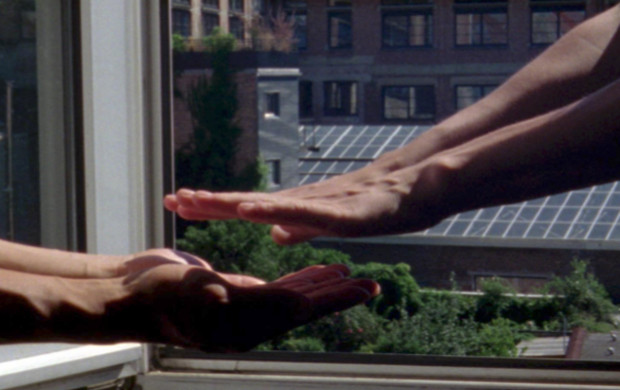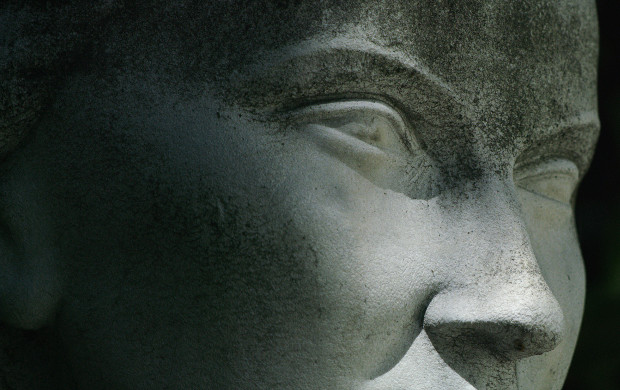A River Runs, Turns, Erases, Replaces
- 2021
- United States
- 87 min
A portrait of urban spaces along the Yangtze River in the city of Wuhan. An engaging communal stage on which people perform in various ways: some dancing, singing, swimming; some shoveling, welding and hammering. An evolving landscape that is continuously sculpted by nature and dramatically altered by roaring machines and rising infrastructure.
March 2020, a Wuhan street literally comes to a halt, passers-by stop moving at the sound of a siren. A few moments later, they set off again on their way. Like many others, this city came to a stop this year but has since come back to life. The currents of the Yangtze river, however, have not weakened. The river, which crosses the city and region, runs through and structures the wide static shots of Shengze Zhu’s film. The peaceful images leave us time to explore and take our bearings. We follow the bridges to locate where we are, the city is tied up then untied under the filmmaker’s patient gaze. Barely changing the shot scale, she builds a landscape film, a river film, to trace back and observe the anatomy of the territory. Wild animals are close by, we guess that an urban hurricane has hit. Construction works dot the vicinity of the Yangtze, a new bridge now straddles it, everything changes. Not its inhabitants. They are still found at the river’s edge: walkers, bathers, dancers, workers. The bustle of this imposing city is discreet. On the surface of the shots, letters appear. They talk about recent bereavements due to the Covid epidemic and the inhabitants’ pain. Greater forces then come adrift, but even if the river submerges the new roads, it will never cover the memories of the stories attached to its tireless, insurmountable course, and its banks still receive the narratives of those who have passed by. And while the face of Wuhan becomes disfigured, the river bed does not forget.
Clémence Arrivé
- Production : Zhengfan Yang (Burn the film)
- Cinematography : Shengze Zhu, Zhengfan Yang
- Sound : Shengze Zhu, Zhengfan Yang, Aymeric Dupas
- Editing : Shengze Zhu
